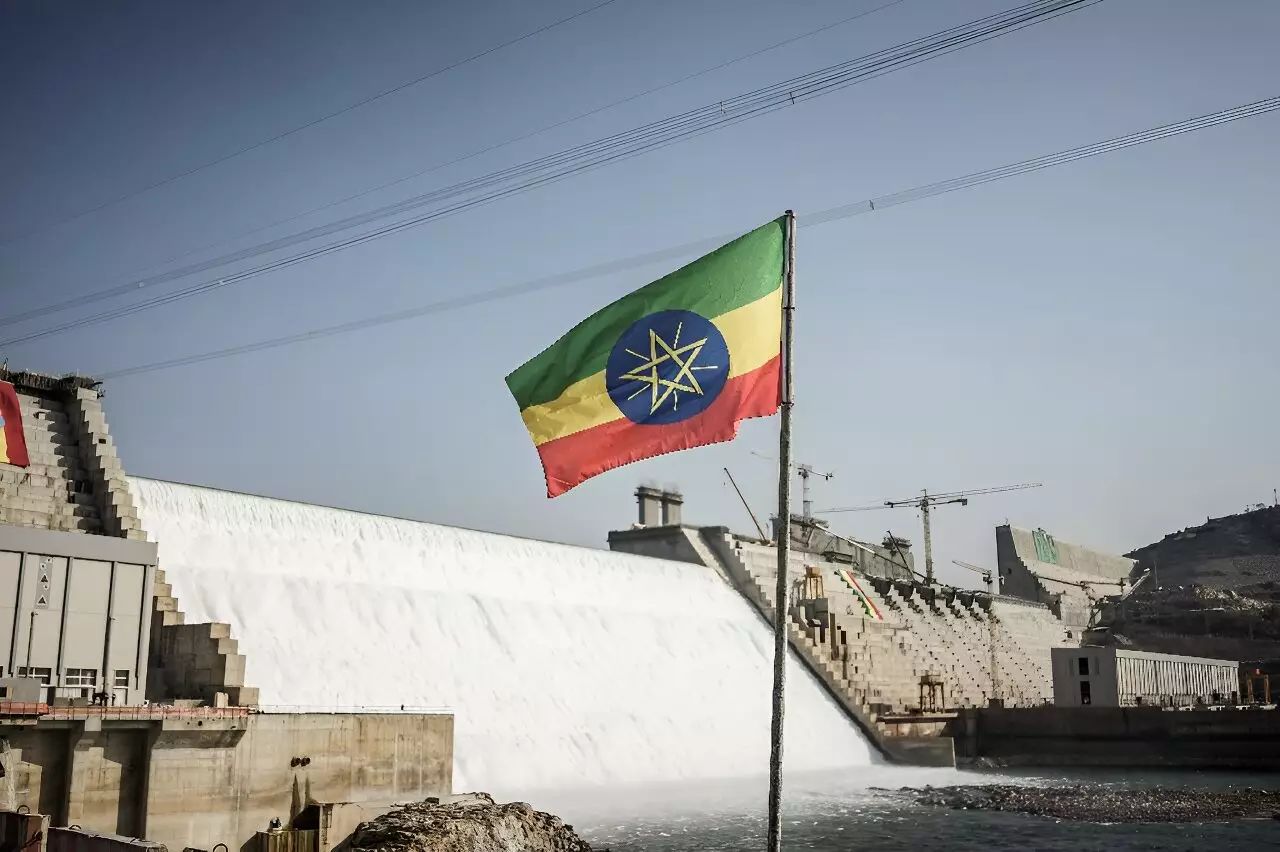Ethiopia recently announced that it has more than doubled its electricity production from the Grand Ethiopian Renaissance Dam (GERD) on the Blue Nile. With the addition of two new turbines, the dam is now generating 1,550 megawatts of electricity. This marks a significant milestone in the project, which has long been a source of tensions with downstream nations Egypt and Sudan. The completion of the concrete dam and the operation of the new turbines signify a transition from the construction phase to the operation phase of the project.
Regional Dispute
The GERD has been at the center of a regional dispute since Ethiopia started construction in 2011. Egypt and Sudan have voiced concerns about the dam’s operation, fearing that it could threaten their access to vital Nile waters. Negotiations between the three countries have been on and off, with no breakthrough in sight. Egypt, in particular, sees the dam as an existential threat, as it relies on the Nile for 97 percent of its water needs. The uncertain situation has only added to the tensions in the region.
Ethiopia considers the GERD essential for the electrification and development of the country. With roughly half of its 120 million population lacking access to reliable electricity, the dam could help bridge this gap. At full capacity, the dam could generate more than 5,000 megawatts of power, which would more than double Ethiopia’s current output. This increase in electricity production could have a significant impact on the country’s development and prosperity.
The World Bank has announced a plan to help Ethiopia expand its electricity network and diversify into other clean energy resources, such as solar, wind, and geothermal power. This support is crucial for addressing the electricity deficit in Ethiopia and improving the socio-economic conditions of its people. By investing in clean energy sources, Ethiopia can reduce its reliance on traditional energy sources and build a more sustainable future.
Prime Minister Abiy Ahmed has emphasized the crucial role of the GERD in managing water flow, mitigating flood risks, and ensuring a steady supply of water to downstream nations, especially during droughts. Ethiopia maintains that the dam will not reduce the volume of water flowing downstream, despite concerns from Egypt and Sudan. The government is committed to leveraging the dam for the benefit of all parties involved, while also addressing the country’s electricity needs.
The Grand Ethiopian Renaissance Dam represents a significant development for Ethiopia’s energy sector and overall development goals. While the project has faced challenges and controversies, its potential benefits in terms of electricity production and water management cannot be overlooked. Moving forward, it is crucial for all parties involved to continue dialogue and cooperation to ensure the sustainable and equitable use of the Nile waters.


Leave a Reply